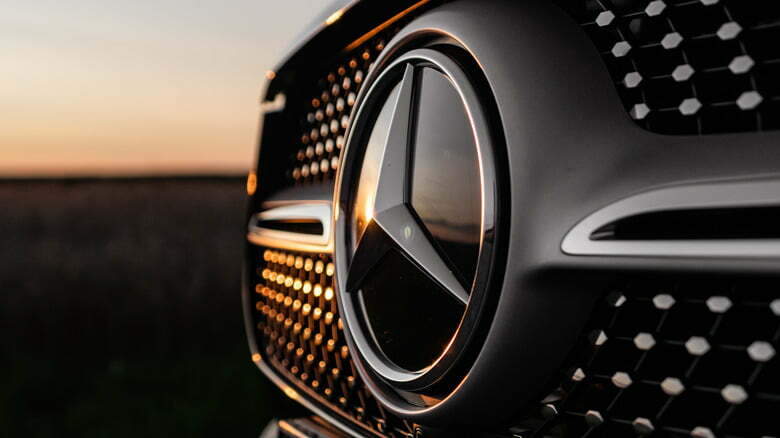History of Mercedes The Mercedes automobile was first marketed in 1901 by Daimler-Motoren-Gesellschaft (DMG). Emil Jellinek, a European automobile entrepreneur who worked with Daimler Motoren Gesellschaft (DMG), registered the trademark in 1902, naming the 1901 Mercedes 35 hp after his daughter Mercedes Jellinek.
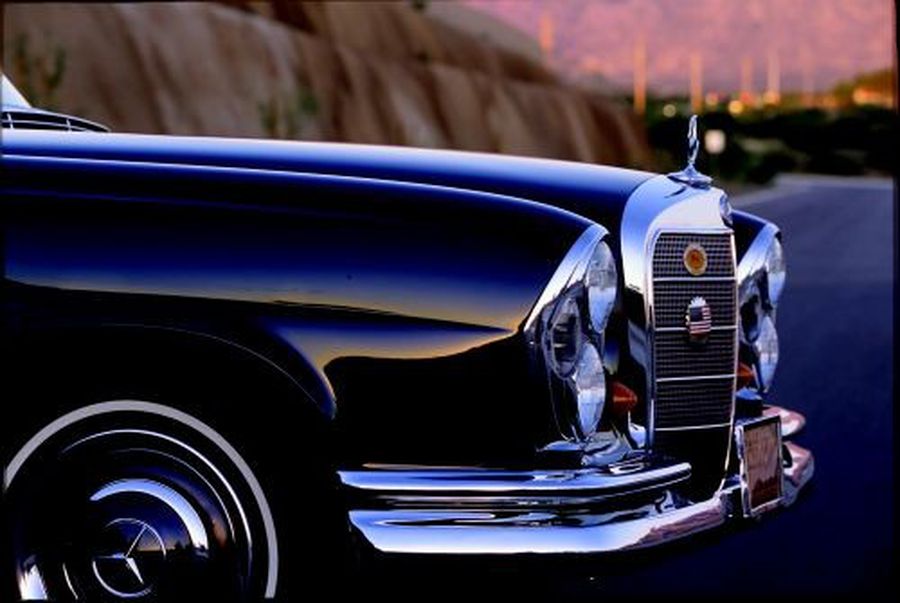
Mercedes-Benz normally has a strong reputation for quality and durability. Their objective measures looking at passenger vehicles, such as J. D. Power surveys, demonstrated a downturn in reputation in these criteria in the late 1990s and early 2000s. By mid-2005, Mercedes temporarily returned to the industry average for initial quality, a measure of problems after the first 90 days of ownership, according to J. D. Power. In J. D. Power’s Initial Quality Study for the first quarter of 2007, Mercedes showed dramatic improvement by climbing from 25th to 5th place and earning several awards for its newer models.
History of Mercedes For 2008, Mercedes-Benz’s initial quality rating improved by yet another mark, to 4th place. On top of this accolade, it also received the Platinum Plant Quality Award for their Mercedes branded Sindelfingen, Germany body assembly plant. J. D. Power’s 2011 US Initial Quality and Vehicle Dependability Studies both ranked Mercedes-Benz vehicles above average in build quality and reliability In J. D. Power’s United Kingdom Survey in 2011, Mercedes cars were rated above average. Additionally, iSeeCars.com study for Reuters in 2014 found Mercedes to have the lowest vehicle recall rate out of competitors.
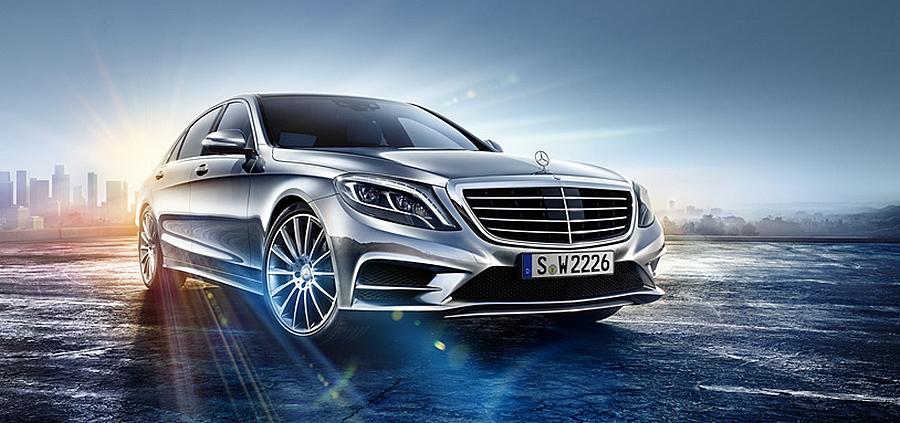
Mercedes-Benz traces its origins to Karl Benz’s creation of the first internal combustion engine in a car, seen in the Benz Patent Motorwagen – financed by Bertha Benz’s dowry and patented in January 1886 – and Gottlieb Daimler and their engineer Wilhelm Maybach’s conversion of a stagecoach, with the addition of a petrol engine, introduced later that year. The Mercedes automobile was first marketed in 1901 by Daimler-Motoren-Gesellschaft (DMG).
History of Mercedes Emil Jellinek, a European automobile entrepreneur who worked with Daimler Motoren Gesellschaft (DMG), registered the trademark in 1902, Naming the 1901 Mercedes 35 hp after his daughter Mercedes Jellinek. Jellinek was a businessman and marketing strategist who promoted “horseless” Daimler automobiles among the highest circles of society in his adopted home. At the time, it was a meeting place for the “Haute Volée” of France and Europe, especially in winter.
History of Mercedes His customers included the Rothschild family and other well-known people. But Jellinek’s plans went further, and in as early as 1901, he was selling Mercedes cars in the “New World” as well, including United States billionaires Rockefeller, Astor, Morgan, and Taylor. At the Nice race he attended in 1899, Jellinek drove under the pseudonym “Monsieur Mercédès” as a way of concealing his less fancy real name.

Many consider that race the time of birth for Mercedes-Benz as a brand. Later, in 1901, the name “Mercedes” was re-registered by DMG worldwide as a protected trademark. The first Mercedes-Benz branded vehicles were produced in 1926, following the merger of Karl Benz’s and Gottlieb Daimler’s companies into the Daimler-Benz company on 28 June of the same year. Gottlieb Daimler was born on 17 March 1834 in Schorndorf. After training as a gunsmith and working in France, he attended the Polytechnic School in Stuttgart from 1857 to 1859.
After completing various technical activities in France as well as England, He later started working as a draftsman in Geislingen in 1862. At the end of 1863 he was appointed workshop inspector at a machine tool factory in Reutlingen, where he met Wilhelm Maybach in 1865. Throughout the 1930s, Mercedes-Benz produced the 770 model, a car that was notably popular throughout Germany’s Nazi period.
Adolf Hitler was known to have driven in a model of this car during his time in power, with modified custom bulletproof windshields. Most of the currently surviving 770 models were sold at auctions to private buyers. One of the cars is currently on display at the War Museum in Ottawa, Ontario. The pontiff’s Popemobile has often been sourced from Mercedes-Benz.
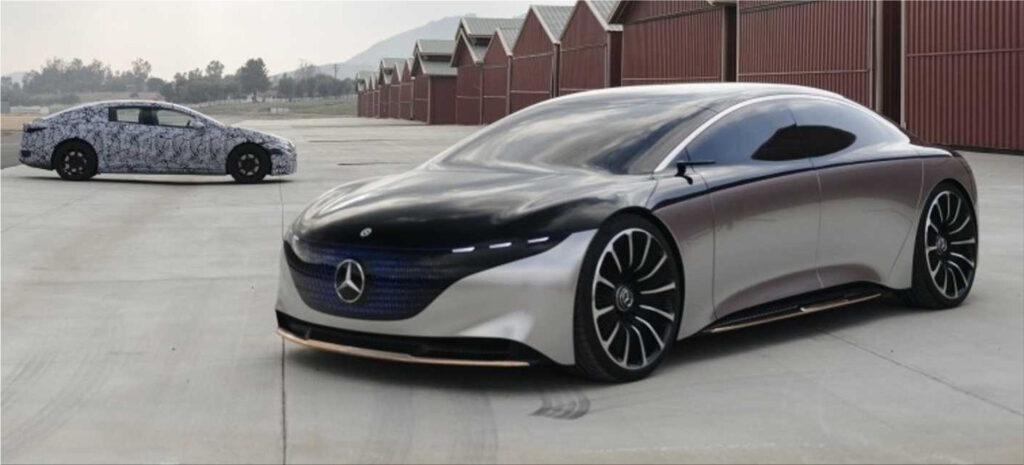
From 1937 onward, Daimler Benz focused increasingly on military products such as the LG3000 lorry and the DB600 and the DB601 aero engines. To build the latter, in 1936 it built a factory hidden in the forest at Genshagen around 10 kilometres south of Berlin. By 1942 the company had mostly stopped producing cars, and was now devoted to war production. According to its statement, in 1944 almost half of its 63,610 employees were forced labourers, prisoners of war or concentration camp detainees. Another source quotes this figure at 46,000.
The company later paid $12 million in reparations to the labourers’ families. In 1958, the two companies began a partnership to sell their cars in the United States with Studebaker. A few American-based Daimler-Benz dealerships were converted into Mercedes-Benz dealerships when Daimler’s non-Mercedes-partnered company closed in 1966. Over the decades, Mercedes-Benz has introduced many electronic and mechanical innovations and safety features that later became common.
[19] Currently, Mercedes-Benz is one of the best-known and long-standing automotive brands in the world. In November 2019, Daimler AG announced that Mercedes-Benz, up until that point a company marque, would be spun off into a separate wholly-owned subsidiary called Mercedes-Benz AG. The new subsidiary would manage the Mercedes-Benz car and van business. Mercedes-Benz-badged trucks and buses would be part of the Daimler Truck AG subsidiary.
For information relating to the three-pointed star symbol of the brand, see under the title Daimler-Motoren-Gesellschaft, including the merger into Daimler-Benz.
Subsidiaries and alliances

As of the Daimler AG company split, the Mercedes-Benz Cars division now handled the Mercedes-Benz car’s and the Smart branded car’s production.
Mercedes-AMG
Mercedes-AMG became a majority owned division of Mercedes-Benz in 1999.[21] The company was integrated into DaimlerChrysler in 1999,[22] and became Mercedes-Benz AMG on 1 January 1999.
Mercedes-Maybach
Daimler’s ultra-luxury Maybach brand was under the Mercedes-Benz Cars division until December 2012, when production was stopped due to decreased sales. It now exists under the Mercedes-Maybach name, with the models being luxury-focused enhanced models of Mercedes-Benz cars, such as the 2016 Mercedes-Maybach S600.[25] The Mercedes-Maybach GLS 600 SUV debuted in November 2019.
China
Daimler partnered with BYD Auto to make and sell a battery-electric car called Denza in China. In 2016, Daimler announced plans to sell Mercedes-Benz-badged fully-electric battery cars in China. Beijing Benz is a joint venture with the BAIC Group to produce the Mercedes-Benz branded cars in China. In 2018, Mercedes-Benz voluntarily apologized for sparking controversy within China by quoting the Dalai Lama on one of their promotional Instagram post.
Models
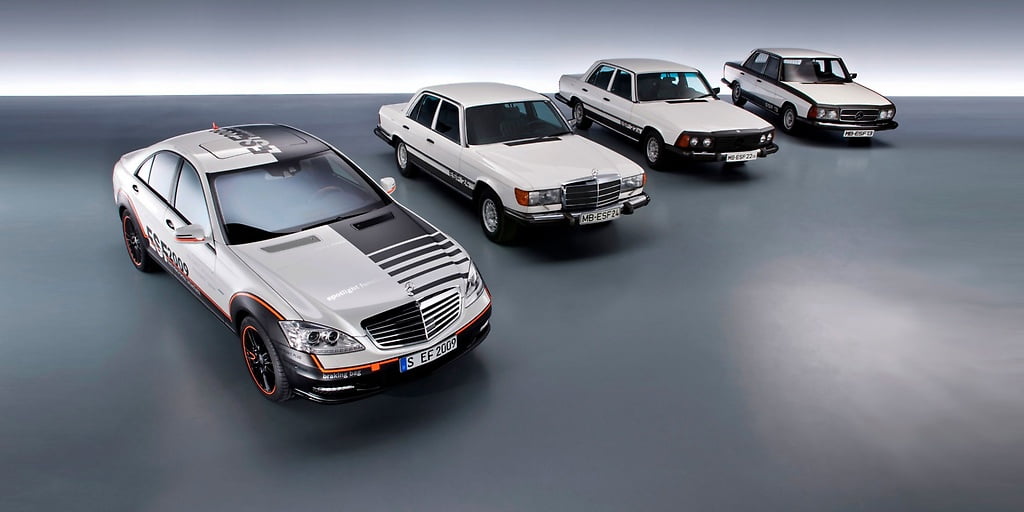
• A-Class – Subcompact luxury Hatchback and Sedan
•B-Class – Subcompact luxury Multi Purpose Vehicle
• C-Class – Compact executive luxury Sedan/Saloon, Estate, Coupé and Cabriolet
• CLA – Subcompact luxury 4-Door Coupé and Estate
• CLS – Mid-size luxury 4-Door Coupé
• E-Class – Mid-size executive luxury Sedan/Saloon, Estate, Coupé and Cabriolet
• G-Class – Luxury off-road vehicle
• GLA – Subcompact luxury Crossover
• GLB – Compact luxury Crossover
• GLC – Compact luxury Sport utility vehicle
• GLE – Mid-size luxury Sport utility vehicle
• GLS – Full-size luxury Sport utility vehicle
• S-Class – Full-Size luxury Sedan/Saloon, Coupé and Cabriolet
• V-Class – Luxury Multi Purpose Vehicle
• AMG GT – Luxury sports car
• AMG GT 4-Door – Luxury sports 4-Door Coupé
• AMG SL – Luxury grand tourer roadster
• AMG ONE – Super sports car
• EQA – Luxury electric Crossover
• EQB – Luxury electric Crossover
• EQC – Luxury electric Crossover
• EQE – Luxury electric Sedan/Saloon
• EQS – Luxury electric Sedan/Saloon
• EQV – Luxury electric Multi Purpose Vehicle
Interested In Reading Articles On Electric cars you’ll see on the road by 2025.
